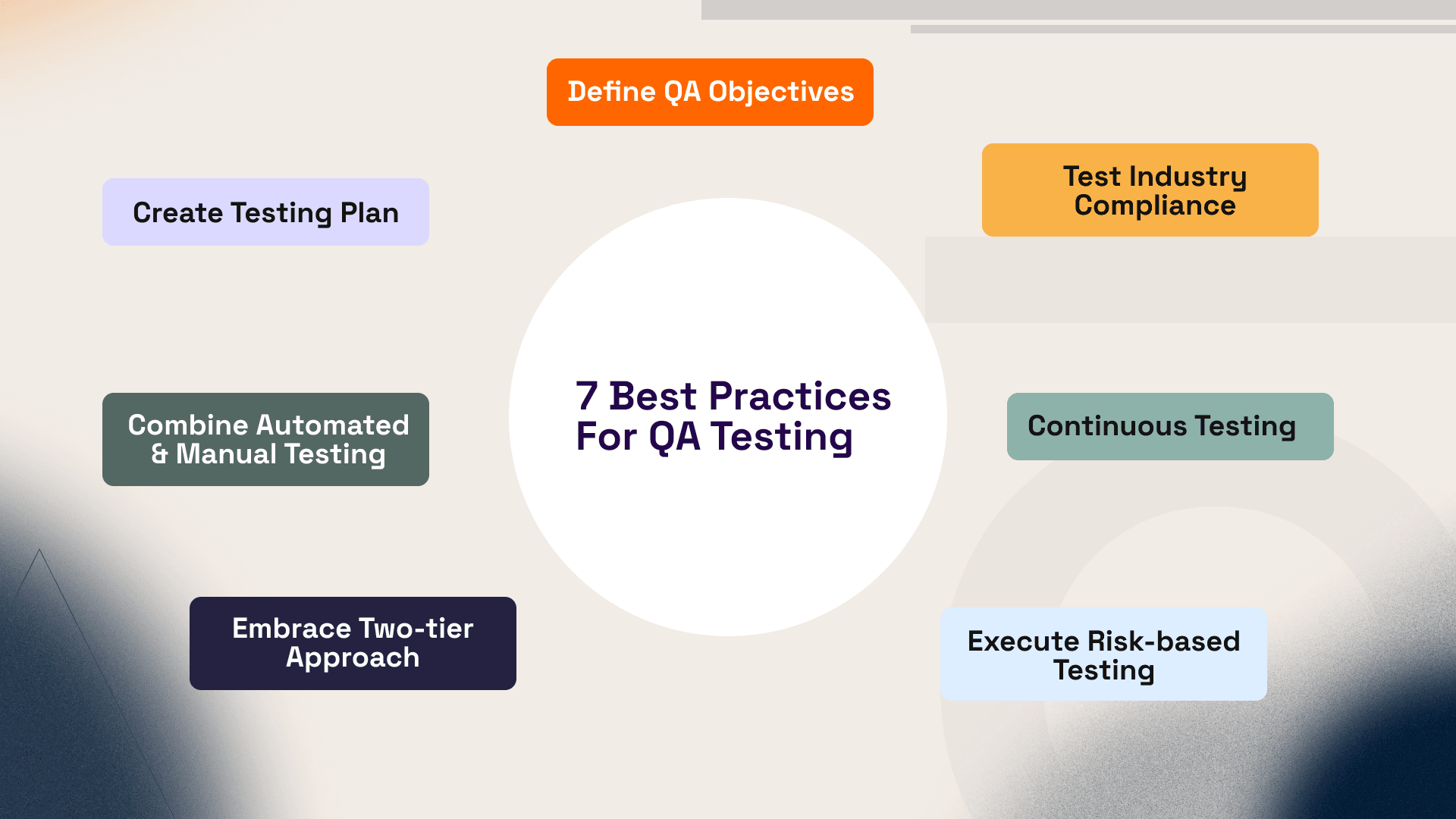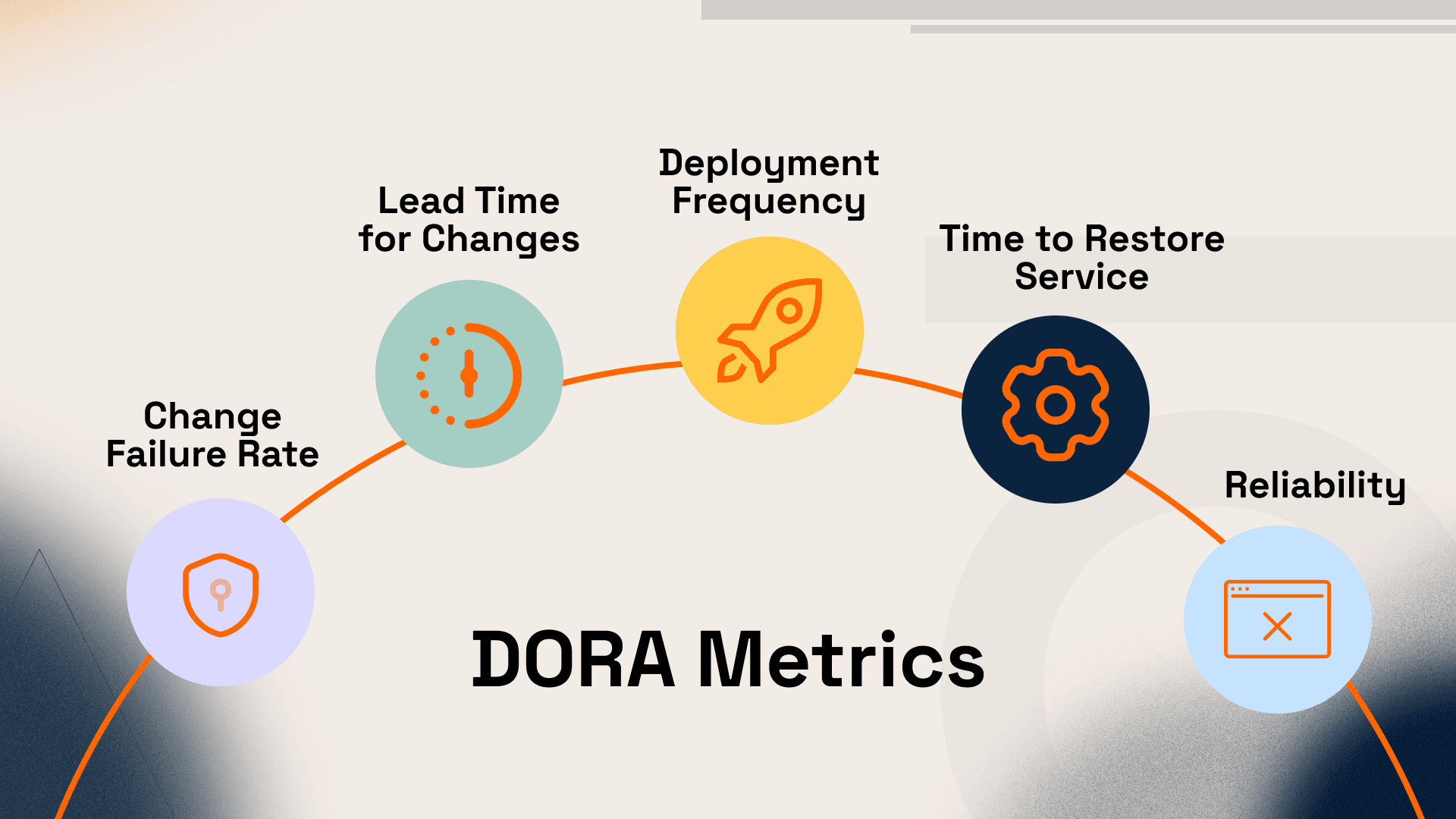
Most risks that block Startups at the beginning can be detected before they become destructive.
- Absence of Product-Market Fit. The product fails to address a genuine user need, which results in poor retention and high customer churn.
- Unbalanced financial model. Spending on acquiring customers is higher than the revenue they generate, while a high Burn Multiple indicates inefficient use of resources.
- Slow learning speed. Long lead time and infrequent releases prevent the team from testing hypotheses quickly. Automated tests that sometimes produce conflicting results further undermine trust in processes.
- Quality issues. A high error rate in production and frequent critical failures damage reputation and drive customers away.
Most Startups don’t collapse suddenly — they fail due to predictable issues. The product doesn’t “hook” users, costs eat into profits, progress stalls, and quality declines. In this guide, you’ll find the reasons Startups fail, practical tips for Founders and Investors, and checklists to promptly assess the health of young Businesses.
The Main Reasons Startups Shut Down
 Most young Companies drop out of the race because of problems with execution and managing key processes. Let’s examine risks which most often prove fatal. These are essentially Startup post-mortem lessons worth studying to avoid repeating past mistakes.
Most young Companies drop out of the race because of problems with execution and managing key processes. Let’s examine risks which most often prove fatal. These are essentially Startup post-mortem lessons worth studying to avoid repeating past mistakes.
Absence of Product-Market Fit and Low Retention
When your product fails to address an actual user problem, it loses to competitors that do. Ignoring this is among the leading reasons why Startups fail.
The warning signs can be identified by tracking key metrics:
- DAU/WAU (Daily Active Users / Weekly Active Users). A coefficient of repeat usage. If the indicator drops under 0.25, it signals serious trouble.
- NRR (Net Revenue Retention). Demonstrates how much income comes from existing clients. When NRR drops below 100%, revenue lost to churn outpaces what you manage to earn.
- Churn (customer attrition). The fraction of clients who end their use of the service. In B2B, a consistent customer loss above 5% monthly signals serious trouble. In B2C, the threshold is 12–15% each month.
When these metrics remain low, it’s a clear sign your product hasn’t yet found its place in the market.
When Costs Outrun Revenue
In a Startup, funds only seem to run out suddenly. In reality, it’s always the result of miscalculations, revealing that your expenses exceed your earnings.
LTV (Lifetime Value). The overall income a customer brings during their full lifecycle with your business. CAC (Customer Acquisition Cost). The expense tied to customer acquisition.
LTV needs to be no less than three times greater than CAC. When you invest $600 to gain a customer but make only $650 in return, your business approach becomes highly risky.
Customer acquisition expenses need to pay back within 12–18 months. Another red flag is an elevated Burn Multiple — the proportion between net burn and newly generated yearly revenue. When it rises above 2, you are essentially “buying” growth at a cost that could destroy the Company.
When your runway is under nine months, any unexpected event — a delayed release, failed ad campaign, or similar — can be fatal. To work out runway, split your remaining cash against the typical monthly cash burn.
Slow Release Cycle
The pace of releasing updates determines how fast a Startup learns from user feedback. A slow pace means longer hypothesis validation cycles and solutions that lose relevance before reaching the market.
How can it be identified through metrics?
- Lead Time. If it takes over 7 days between finishing the code and seeing it live in the product, you’re moving too slowly. By then, your hypotheses could already be outdated.
- Infrequent deploys. Updating the product less than once a week is another red flag. It slows down feedback loops and prevents fast adaptation to market needs.
- Unreliable tests. If more than 5% of automated tests fail sporadically without clear reasons, the team stops trusting them and begins to ignore checks. That increases the risk of overlooked bugs and releasing unstable features.
Slow development stands among the main Startup failure reasons, as it deprives a Startup of the capacity to react quickly and gain insights from real data.
Quality and Reliability Issues
Customers may wait for new features, but they’ll never forgive a platform which constantly crashes or loses their data.
An important metric in this case is the Defect Escape Rate — the proportion of bugs that reach production. If more than 20% of defects slip through to end users, it’s a serious problem. In this case, the support team ends up working at full capacity while the sales team is left apologising to clients.
Another red flag is Sev1 incidents occurring even once a quarter. Such failures may break SLA/SLO agreements, trigger penalties, cause contract terminations, and result in the loss of key clients.
Lessons for founders
A young Company is like a living organism: to grow, it needs well-established core processes. The following tips will help you set them up effectively.
Reduce Lead Time
The shorter the lead time, the quicker you receive user feedback and the less guesswork goes into your decisions. This stands as one of the crucial Startup shutdown lessons to understand before funds or user trust run out.
Ways to make the cycle simpler and faster:
- Keep pull requests small (under 200 lines) so they can be reviewed and released quickly.
- Agree on a rule: review ≤ 24 hours. If the deadline passes, the next in line pings and pushes the review forward.
- Release new features to a small portion of users (1–5%). If metrics look good, keep them; if not, switch them off without rolling back the whole release.
- Tie every product change to a measurable outcome. For example, improving the signup flow should target a 5% increase in user activation.
- Adopt frequent, small updates. It’s better to ship several times a week (or even daily) than one big release per month.
When lead time drops to just a few days, you get real data faster, make fact-based decisions, and move closer to achieving true Product-Market Fit.
Implement QA from the Start
 To make quality a built-in part of your workflow, follow these rules. Ignoring them ranks high among “Why do Startups fail,” especially when technical debt starts growing out of control.
To make quality a built-in part of your workflow, follow these rules. Ignoring them ranks high among “Why do Startups fail,” especially when technical debt starts growing out of control.
- Build a testing pyramid. Most tests should be fast unit tests that check small pieces of code. Fewer should be integration tests, and only a minimal number should be end-to-end (E2E).
- Adopt a shift-left approach. Check code for quality and security as early as possible. Use automated tools like Semgrep, Dependabot, Gitleaks, Hadolint, and GitHub Actions.
- Automate testing. A reliable automated test system gives you confidence to release updates quickly. It lets you fix issues fast, restore functionality, and protect your runway.
Testing saves money because fixing bugs before release is far cheaper than dealing with them in production.
Lessons for investors
For Investors to avoid common risks, it’s important to analyse the key aspects of a Startup’s operations. Here’s what to check.
Pay Attention to Product Quality
Ask for access to the “inside view.” Request details about SLOs (Service Level Objectives) and SLAs (Service Level Agreements), the percentage of defects reaching end users, and how the team analyses failures. If a Startup can’t provide this data, it’s a red flag. Instead of managing growth, such a Company is constantly fighting fires.
Evaluate Development Speed and Reliability
 DORA metrics help determine whether the group updates the product fast enough before the budget runs out:
DORA metrics help determine whether the group updates the product fast enough before the budget runs out:
- Lead Time. The period from writing code to releasing it.
- Deployment Frequency. The frequency with which the group ships updates to learn from real data.
- Change Fail Rate. The proportion of releases that result in failures.
- MTTR. The speed at which the group recovers after a failure.
When a Startup applies modern practices such as frequent small code changes, feature flags, and automated tests, it’s a positive sign. But if these metrics are weak or such practices are missing, the risk of landing on the “Top reasons Startups fail” list rises sharply.
Startup Health Checklists
Run a quick health check of the Startup across key areas — from Product-Market Fit to QA — before moving to scale.
Startup risk checklist
Use this checklist as a guide to spot risks early and prevent mistakes that often prove fatal for young Companies.
| Category | What to do |
|---|---|
| Product-Market Fit | - Measure DAU/WAU and ensure the ratio is ≥ 0.25. - Track NRR — it should be ≥ 100%. - Monitor churn (≤ 5% in B2B; ≤ 12–15% in B2C). |
| Finance and unit economics | - Compare LTV and CAC: LTV should be ≥ 3×CAC. - Calculate Burn Multiple — it should be ≤ 2. - Check runway — ideally ≥ 9 months. |
| Development speed | - Keep Lead Time at ≤ 7 days. - Ensure regular releases (at least once a week). - Maintain stable automated tests (≤ 5% false failures). |
| Quality and reliability | - Track Defect Escape Rate (≤ 20%). - Monitor Sev1 incidents (no more than once per quarter). - Check for a clear incident response plan. |
| Testing processes | - Build a testing pyramid with a focus on unit tests. - Integrate automated tests into CI/CD processes. - Apply a shift-left approach and use automated tools for code checks. |
| Team | - Assign a person responsible for the QA strategy. - Explain to the team how testing impacts product quality. - Use defect tracking systems (Jira or equivalents). |
QA readiness checklist Before Scaling
Use this checklist to quickly assess your team’s readiness for scaling and releases. Review each point and close the gaps before making a Go/No-Go decision.
| Category | What to do |
|---|---|
| Testing automation | - Add automated tests for mission-critical features. - Cover core user journeys. - Implement tests at the API level. |
| CI/CD infrastructure | - Wire automated tests into the CI/CD pipeline. - Run automated checks before every release. - Configure alerts for failing tests. |
| Monitoring and alerting | - Track service performance against SLOs/SLAs. - Enable real-time error alerts. - Collect and analyse production error logs. |
| Quality management | - Use a standardised defect tracking process in a system like Jira (or equivalent). - Measure the number of defects that reach production. - Create an incident response plan. |
| Team | - Assign a specialist responsible for the QA strategy. - Raise the development team’s awareness of the importance of quality and testing. |
Conclusion
Most early-stage startup failure reasons can be identified and fixed with a systematic approach. Use the provided checklists to assess the health of your business and avoid becoming part of the failure statistics. And if you need a team to boost development, accelerate releases, and ensure QA testing, reach out to Osmium. Our specialists help Startups scale without compromising on quality.

